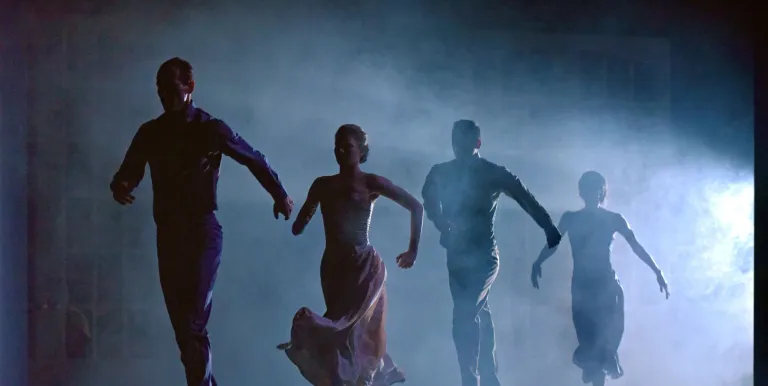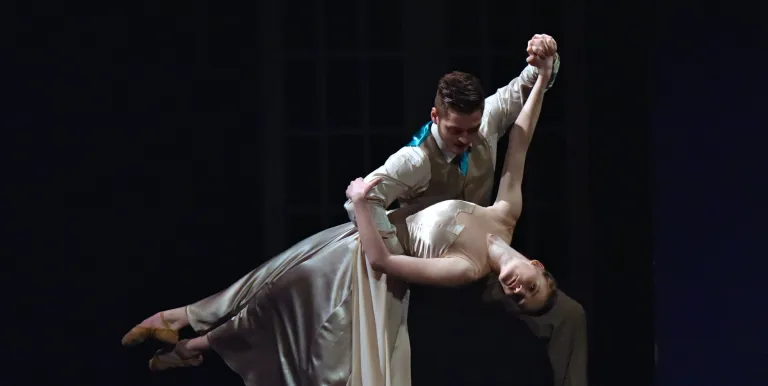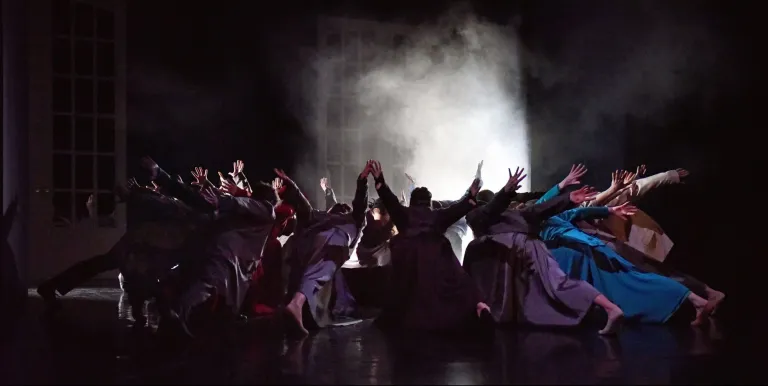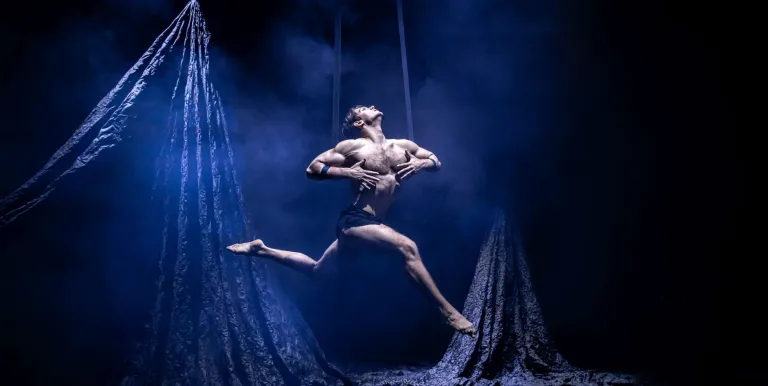one interval
Performers:
Creators:
“And that's what reason was given me for, to escape; so then one must escape: why not put out the light when there's nothing more to look at, when it's sickening to look at it all? But how? […] A luggage train was coming in...”
The enchanting Anna Karenina is an esteemed member of society. She has everything: a high-ranking husband, a child, respect. But one fateful day she encounters Vronsky, a dashing army officer with a bright career ahead of him. She doesn't know it at the time, but from this moment on, her life will never be the same.
Leo Tolstoy started work on Anna Karenina, his second epic novel, in 1873, four years after finishing War and Peace. In a letter to Nikolai Strahov, the author wrote “This novel is the first true novel of my life, and it has very much gripped my heart.” From Tolstoy's correspondence, we also know that it was the influence of Pushkin's works that planted in his mind the idea of writing a novel about a tragic experience. In 1972, he was an eyewitness to an incident where a young woman, overcome with jealousy, cast herself in front of a luggage train. The sight of the dead, mutilated woman haunted Tolstoy for a long time. He revised his work eleven times before he hit upon the final version that elevated Anna to a spot among the greatest heroines in literature in what is, to use the words of Thomas Mann, “the greatest social novel” of all time.
The creative works of Harangozó Award-winning choreographer László Velekei invariably focus on human emotions and what drives them. This is also the filter with which he approaches Tolstoy's sprawling novel: stripping away the plot to place the emphasis on the two protagonists Anna and Vronsky in a way that breaks with the chronological narrative.
Presented by: National Dance Theatre
-
We wish to inform you that in the event that Müpa Budapest's underground garage and outdoor car park are operating at full capacity, it is advisable to plan for increased waiting times when you arrive. In order to avoid this, we recommend that you depart for our events in time, so that you you can find the ideal parking spot quickly and smoothly and arrive for our performance in comfort. The Müpa Budapest underground garage gates will be operated by an automatic number plate recognition system. Parking is free of charge for visitors with tickets to any of our paid performances on that given day. The detailed parking policy of Müpa Budapest is available here.













